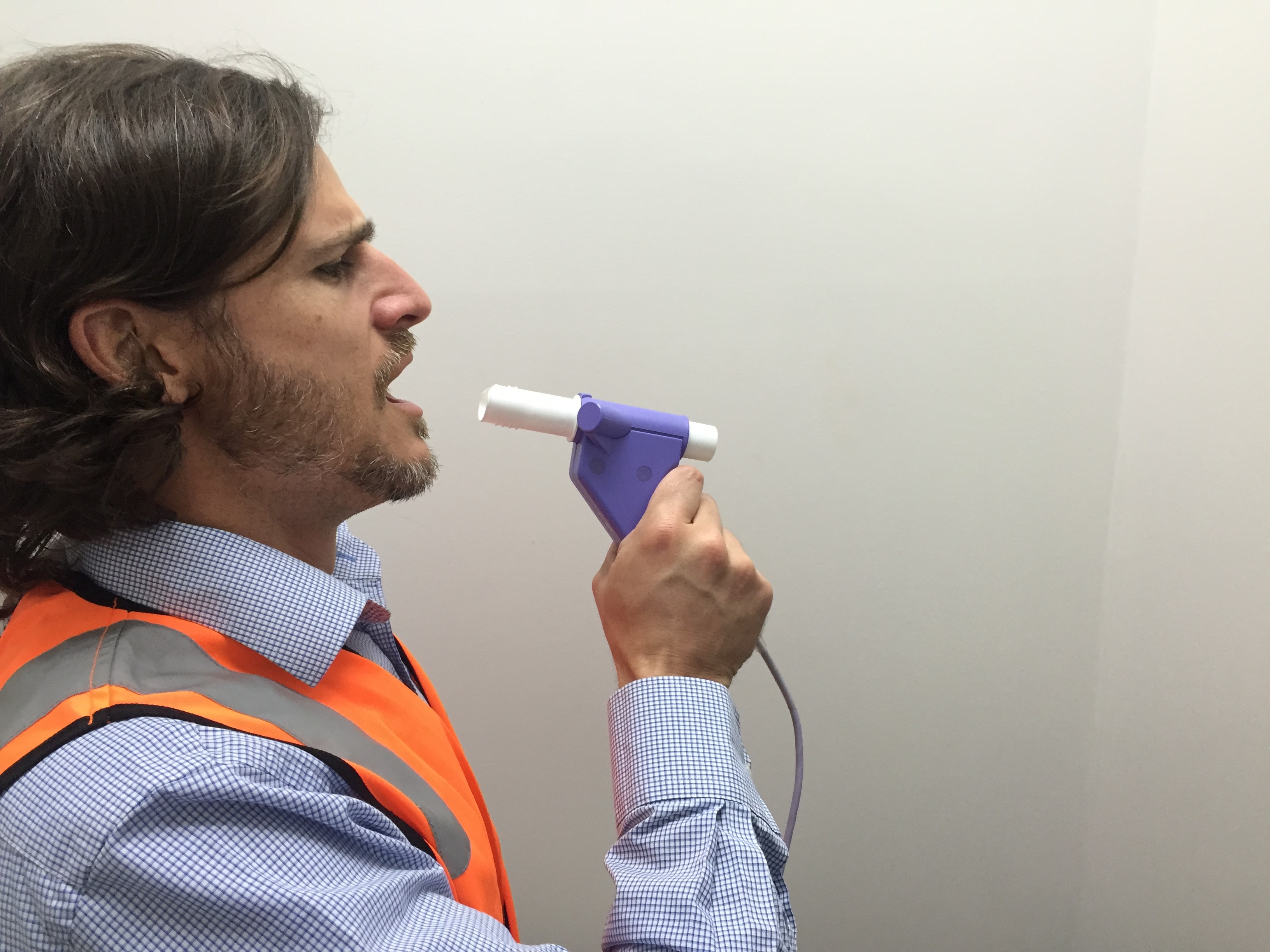
Public feedback has been invited on TSANZ draft Standards for the delivery of spirometry for coal mine workers and a companion document Standards for spirometry training courses.
The Standards will underpin registration and accreditation for medical practices wanting to provide lung function tests to coal mine workers in Queensland.
The new standards and register are a response to the 21 cases of coal workers’ pneumoconiosis (black lung disease) confirmed in Queensland miners since May 2015.
TSANZ board director Professor Bruce Thompson told the limbic the new standards for Queensland were adapted from international ATS/ERS standards.
“We know spirometry is done poorly in general practice and that has been documented around the world. There is also good data that if we don’t have the required level of training, then the quality of spirometry will be poor.”
A 2016 review into the Coal Mine Workers’ Health Scheme found less than 50% of spirometry was undertaken by sufficiently trained staff, 40% of spirograms were not performed to international standards, and only 43% of spirometry results had been accurately interpreted.
Queensland’s Natural Resources and Mines Minister Dr Anthony Lynham has promised the state’s 30,000 coal miners they would have world-class lung function testing by the end of the year.
“The new standards will ensure quality tests, so if a coal mine worker has lung function issues, those signs will be picked up immediately,” he said.
“Bringing spirometry tests up to world-class standard is another measure, on top of our compulsory chest X-ray reforms, to protect the health of our coal mine workers.”
The TSANZ standards cover training for staff members, spirometry testing, reporting and interpretation, spirometry equipment, and quality control.
Medical practices will need to keep log books for each staff member conducting spirometry and guarantee they perform at least 100 tests per year in order to maintain accreditation.
“These important reforms will work in tandem with the dual-reading of coal mine workers’ chest x-rays to ensure lung health issues are identified early,” Dr Lynham said.
Editors note: Apologies but we’ve since learned that the date for feedback has closed.